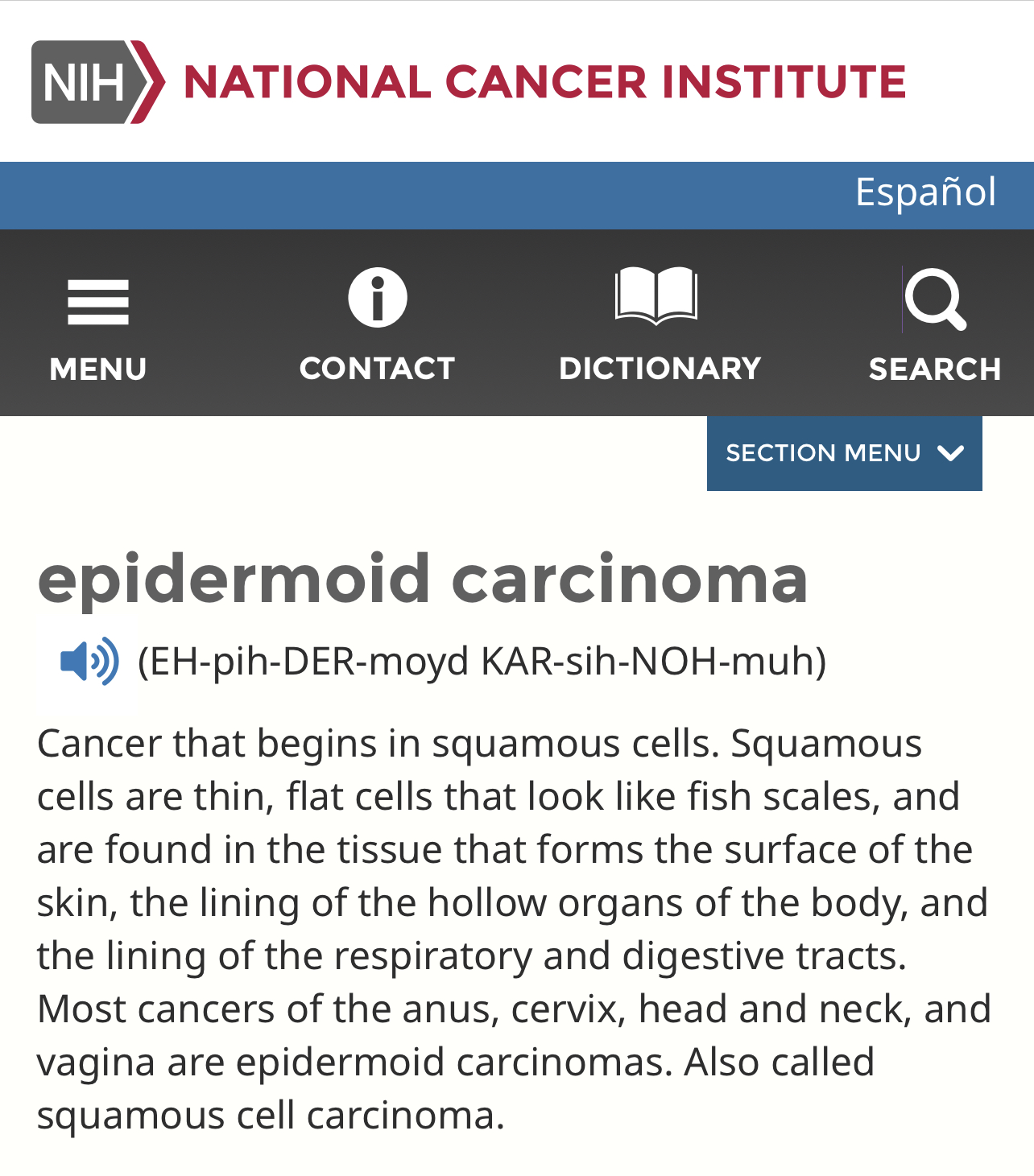@Jaybefaunt
Every person on this planet owes Henrietta Lacks a thank you. Happy belated birthday, Ms. Lacks.
@AfricanArchives
On this day in 1920, Henrietta Lacks was born.
Her cells were taken without her knowledge in 1951 and became one of the most important tools in medicine. They became vital for developing the polio vaccine, cloning, gene mapping, in vitro fertilization & more.
A THREAD
[2 Images of Henrietta]
p1: 
p2:

Henrietta Lacks was black woman who unknowingly was the source of cells (from her cancerous tumor) which were cultured by George Otto Gey to create the 1st known human immortal cell line for medical research.
rp1: 
The Diagnosis:
On January 29, 1951, Henrietta went to Johns Hopkins Hospital because she felt a knot inside her. It all started when she asked her cousins to feel her belly, asking if they felt the lump that she did. Her cousins assumed correctly that she was pregnant.
But, after giving birth to her fifth child, Joseph, Henrietta started bleeding abnormally and profusely. Her local doctor tested her for syphilis, which came back negative, and referred her to Johns Hopkins.
Johns Hopkins was their only choice for a hospital, since it was the only one in proximity to them that treated black patients. Howard Jones, her new doctor, examined Henrietta and the lump in her cervix.
He cut off a small part of the tumor and sent it to the pathology lab. Soon after, Jones discovered she had a malignant epidermoid carcinoma of the cervix Stage 1 (cervical cancer).
rp5: 
Lacks was treated with radium tube inserts, which were sewn in place. After several days in place, the tubes were removed and she was released from hospital with instructions to return for X-ray treatments as a follow-up.
rp6: 
During her radiation treatments for the tumor, two samples of Henrietta’s cervix were removed— a healthy part and a cancerous part— WITHOUT HER PERMISSION.
The cells from her cervix were given to Dr. George Otto Gey. These cells would eventually become the HeLa immortal cell line, a commonly used cell line in biomedical research.
Lacks returned for the X-ray treatments. However, her condition worsened and the Hopkins doctors treated her with antibiotics, thinking that her problem might be complicated by an underlying venereal disease (she had neurosyphilis & presented with acute gonorrhea at one point).
Death:
In significant pain and without improvement, Lacks returned to Hopkins on August 8th for a treatment session but asked to be admitted. She remained at the hospital until her death at the age of 31.
You can support my history page/project here through donations/tips to keep up on: http://ko-fi.com/africanarchives


No. At the time there were no laws required for doctors to ask explicit permission for what they can do to your biopsy samples. It was considered biomedical waste and could be used for anything after its original diagnostic purpose. No, she didn’t contribute to medical science other than “donating” the sample. The moral crime here is the medical companies profiting on her cells without paying her estate. Eventually they did, most likely to avoid bad publicity.